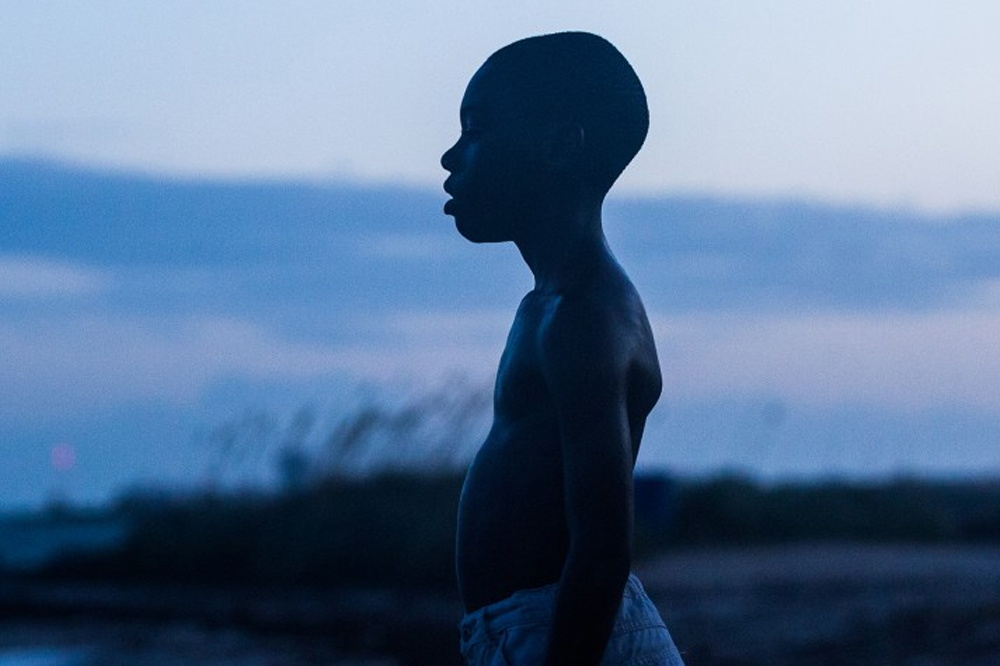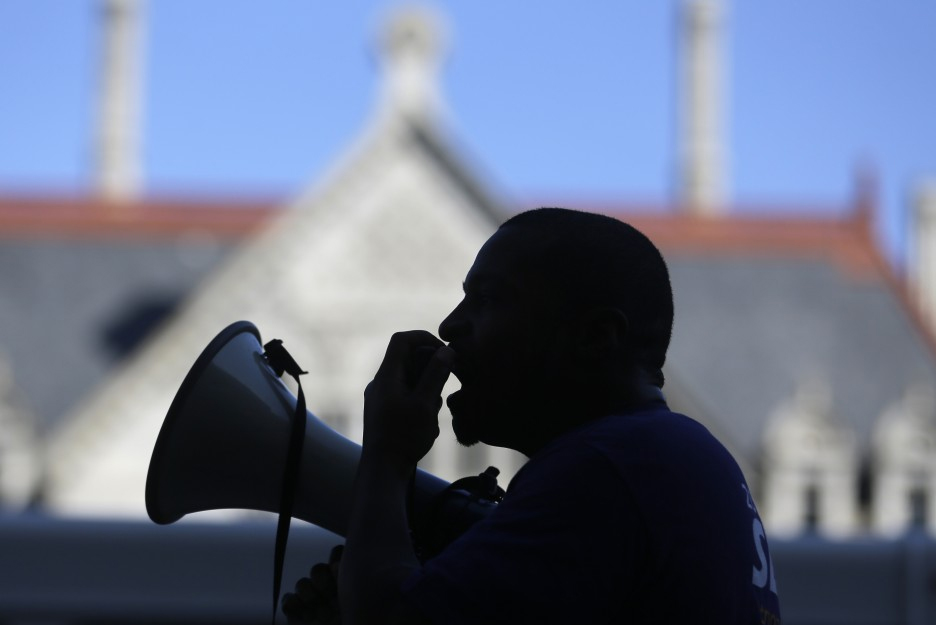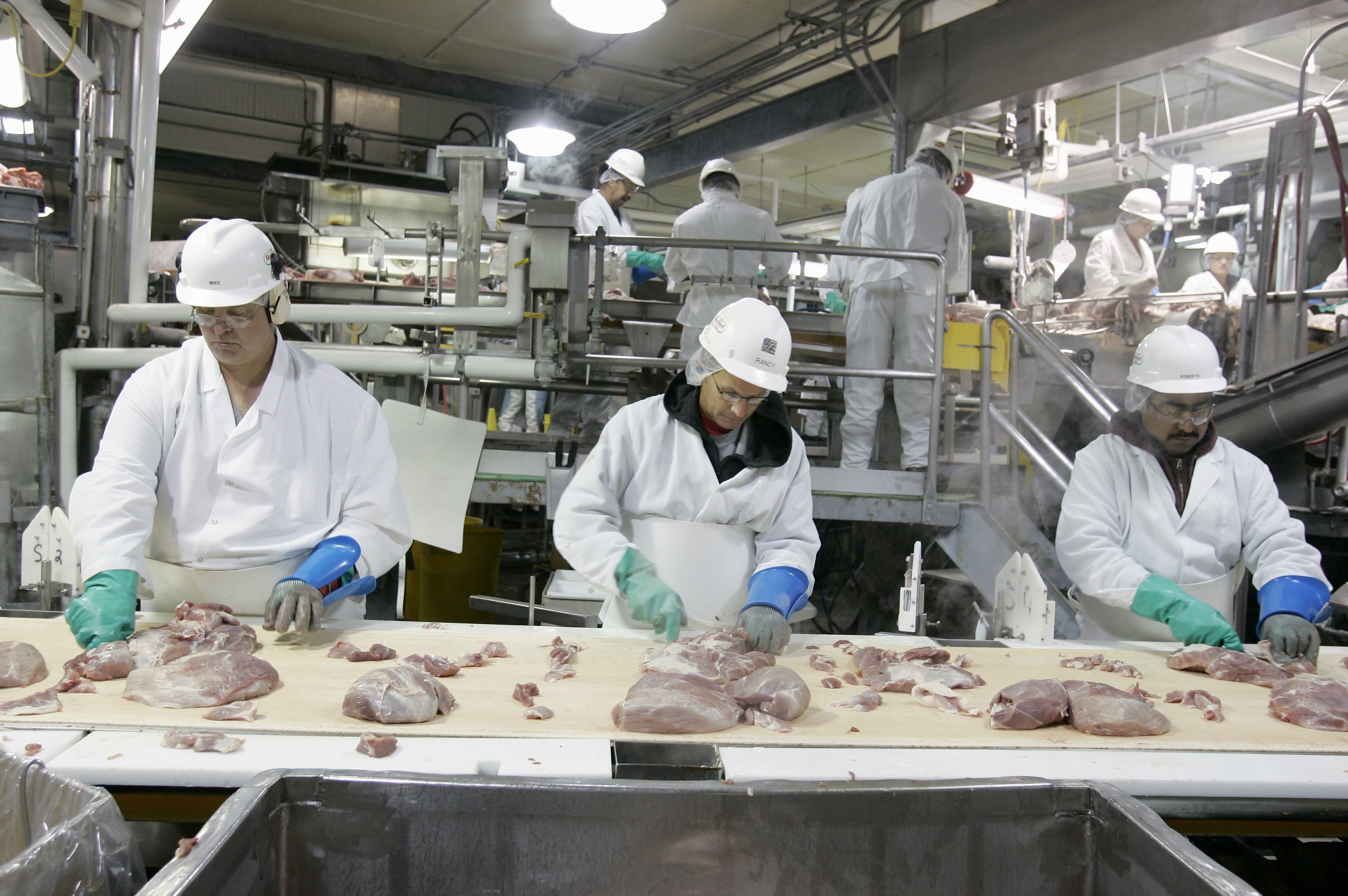Moonlight—Barry Jenkins’s coming-of-age tale about gay black love—is personal.
The film was inspired by In Moonlight Black Boys Look Blue, a stage piece written—and shelved—a decade ago by playwright and MacArthur “genius” Tarell Alvin McCraney. Moonlight’s storyline divides the life of its main character, Chiron, into three parts: his childhood in the poor Liberty City projects of Miami, Florida; his teenage years balancing his mother’s crack addiction and his peers’ intensifying homophobia; and his early adulthood selling drugs in Atlanta, Georgia.
Audiences can draw a line from McCraney to Chiron in several clear-cut ways: mothers struggling with addiction; dope dealers doubling as father figures; and—given that McCraney, like Chiron, is gay—black queerness. But this narrative also speaks to other gay black men, like me, who can probably see at least a sliver of themselves in Chiron.
Get TalkPoverty In Your Inbox
In light of the persistent whiteness of major Hollywood films, Moonlight’s incredible blackness and queerness feel almost overwhelmingly refreshing. More often than not, the only options available to black characters involve saving or suffering. Jenkins, however, pulls something about our lives into focus that many audiences don’t really care to understand: the dignity of black bodies, including gay black bodies.
At a time when black lives are silenced more than they’re seen, Chiron’s story carries a potent political urgency. Without moralizing about social misery or giving audiences a reductive takeaway, the film lifts up the fullness of black lives—even if the people living them are poor or dealing drugs or gay.
It is Moonlight’s sensitivity to black life that contributes to its expert handling of pain and healing. Its earliest scenes are set in the 1980s, when the war on drugs was at its most vicious. But the film blasts away myths about poverty, race, sexuality, and how they all intersect. Naomie Harris, for instance, who plays Chiron’s mother Paula, recently told NPR that she was initially skeptical of portraying a crack-addled black woman, due largely to the tropes that beleaguer people of color all too frequently. She found, however, that the movie treats addiction as “a way of coping with pain. We all have pain, but we might be dealing with it in ways that are more socially acceptable.” She continued: “To really play this part, I had to learn to love her and have compassion for her, by really realizing that actually she’s doing the very best that she can with the resources she has at that time.”
One of the film’s many strengths is its nuanced rendering of worlds that Hollywood typically reduces to stereotypes. Take a dinner conversation between a young Chiron, neighborhood drug lord Juan, and Juan’s girlfriend Teresa. After being teased at school, Chiron asks the pair—whom he often runs to in his moments of crisis—a blistering question, delivered simply and sadly: “What’s a faggot?” What unfolds is an ineffably moving meditation on identity. Juan explains that the term, a favorite of Chiron’s tormentors, is used to make gay people feel bad. He also assures the boy that there’s no hurry for him to figure out his feelings; he’ll know when he knows. It’s key that Juan—a drug dealer, a black man, the sort of person films usually flatten onscreen—is the one to nurture this self-knowledge. In marking human potential and staring down homophobia, Juan picks apart expectations of black masculinity.
Jenkins repeatedly loops back to this theme. In the film’s third chapter, we’re introduced to an adult Chiron. Heavily muscled and wearing massive gold fronts, he’s essentially become a cliché of machismo. But it doesn’t last for long, because Kevin—Chiron’s first love and first-love-lost—returns, shaking up pernicious and paper-thin notions of what black sexuality can look like. Or as writer Ta-Nehisi Coates said, the film gives “a softness that black boys are often not given credit for actually possessing.”
Because its characters are whole, complex, and deeply human, there have been delusions that Moonlight is somehow about everyone. But that erases the experiences of its marginalized characters and strips the film of its power. A film can be both great and not about everyone. Moonlight isn’t so much about conjuring up a mythic story about a common humanity as it is about empathizing with the concrete stories around us—or around some other people in some other city, living lives that aren’t like yours, but are as real as yours.
About halfway through the film, teen Chiron has a moment of physical intimacy with Kevin. Immediately afterward, Chiron shrinks back, apologizing. “What have you got to be sorry for?” Kevin asks him.
Moonlight points to a vision—for all the Chirons out there, in particular—where there’s nothing to be sorry for in living one’s own story. And Jenkins, with art and empathy, proves there’s nothing to be sorry for in showing those deeply personal stories.











